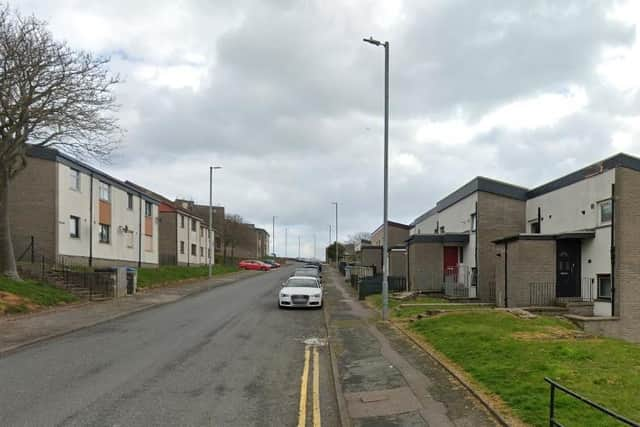Exclusive:Raac concrete Scotland: Discovery of Raac in housing could be beginning of ‘national scandal’
There is a “good chance” that ongoing surveys reveal the number of homes across Scotland built using potentially dangerous concrete panels is higher than previously thought, a construction engineering expert has said.
In the wake of the decision by Aberdeen City Council to rehome hundreds of tenants after the discovery of reinforced autoclaved aerated concrete (Raac), Professor Chris Goodier, part of the Loughborough University team leading a major national research project into the use of Raac, said the material may have been used in other homes built around the same time.
Advertisement
Hide AdAdvertisement
Hide AdAccording to figures compiled by the Scottish Housing Regulator (SHR), 11 social landlords have found Raac in a total of 985 properties. A further 45 landlords are still assessing their stock. The SHR has asked them to clarify by Tuesday when they expect to conclude their outstanding investigations.
It is not clear when a final total will emerge, but Prof Goodier said he expected the number to rise. “If Raac has been found to be in about 500 homes in the Balnagask area of Torry, then there is a good chance that there will be more Raac in other homes in Scotland built in this era and hence this number will rise,” he said. “This could show that the Raac problem is more widespread in the housing sector than first thought.”
While significant focus has fallen on the use of Raac in schools and hospitals, close to 30,000 domestic properties remain under investigation throughout Scotland in case they were built using the material. Aberdeen City Council has identified the most of any organisation, with around 500 properties affected, including 364 council houses.
In the wake of the Aberdeen case, Scottish Liberal Democrat leader Alex Cole-Hamilton has called on the Scottish Government to put the issue at the top of its agenda. He pointed out that councils in the Lothians have indicated the total cost of addressing Raac in the area could exceed £80 million.
“In Aberdeen, hundreds of peoples’ lives are being turned upside down, and they will all be extremely concerned about how the roofs above their heads could now pose a danger to them,” he said. “To date, the Scottish Government have offered up a litany of excuses, insisting time and time again that there is nothing to see here. Despite numerous public bodies warning of the incredibly steep costs, ministers do not appear to have provided a penny of dedicated support. People in Aberdeen and right across the country deserve to know what’s going on and what the next steps are, especially when this could signal the beginning of a national scandal.”


Housing minister Paul McLennan said: “Aberdeen City Council has made the decision to re-home the affected households as part of their long-term plans to remediate the Raac discovered. The Scottish Government and the SHR will continue to keep in close contact with the council to ensure all of those affected receive the appropriate support.
“The Scottish Government’s cross-sector working group continues to meet regularly to ensure knowledge and best practice can be shared across those sectors affected by Raac and we continue to engage with local authorities and social landlords to understand the extent of Raac.”
Comments
Want to join the conversation? Please or to comment on this article.